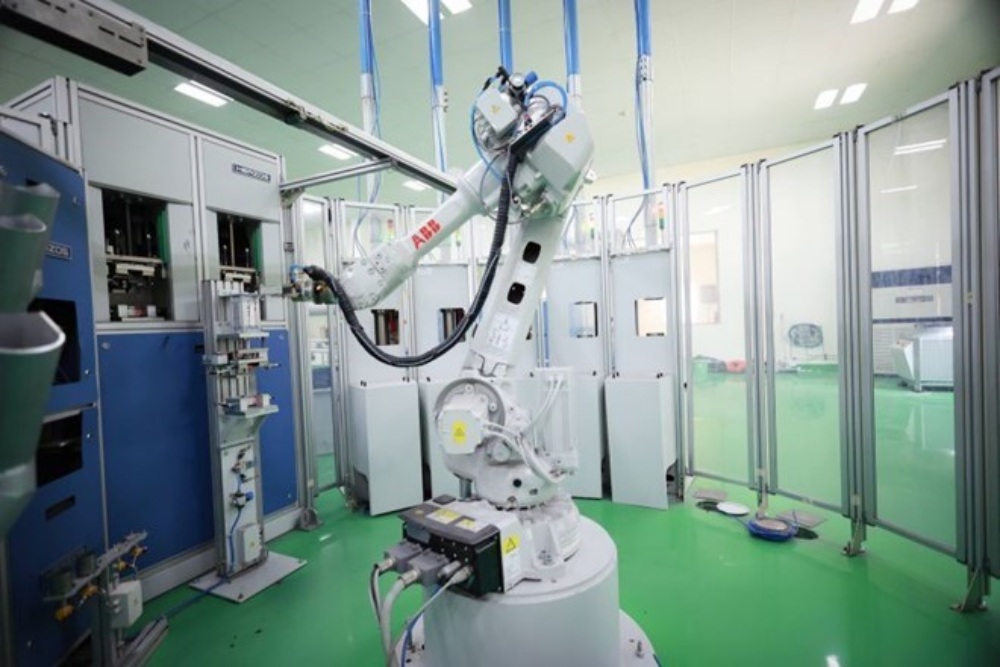In the context of the 4.0 industrial revolution reshaping the global economic map, Vietnam is facing a great opportunity to affirm its position as a high-tech production center in the region.
Bottlenecks from the old mechanism: Short-term incentives, lack of long-term attraction
The current Law on High Technology, although amended and supplemented in 2013 and 2014, still has shortcomings that cause high-tech FDI inflows to Vietnam to not really "explode".
One of the outstanding issues is that the validity period of the High-Tech Enterprise Certificate is only 5 years - a very short time compared to the investment cycle of high-tech projects. This makes foreign investors hesitant to make strategic plans, especially when they have to continuously "new" certificates to maintain tax incentives and other supports.
The draft amendment to the Law on High Technology is being discussed by the National Assembly at the 10th session, term XV, to specify Resolution No. 57-NQ/TW of the Politburo on breakthroughs in the development of science - technology and innovation. However, some new regulations are worrying, such as raising criteria for determining high-tech and strategic enterprises.
Specifically, the draft requires businesses to own or co-own "correct technology" at the level of "innovation and development" or " mastering and improving", according to the provisions of the law on technology transfer. The concept of "correct technology" has not been clearly defined, leading to difficulties in application.
In addition, classifying high-tech enterprises into two levels (level 1: domestic investors accounting for over 30% of capital and receiving high-tech transfers; level 2: the remaining enterprises) can reduce the attraction of FDI. At level 2, corporate income tax incentives are significantly reduced: from 4-year tax exemption to 2 years, reduced by 50% for 4 years instead of 9 years, and tax rate of 15% instead of 10%. Most pure FDI projects will fall to level 2, causing them to feel "fined" for not having enough localization factors from the beginning. The shift to a self-assessment mechanism instead of issuing an official certificate also poses risks of transparency and post-inspection, which can lead to disputes and reduce investor confidence.
Building an FDI attraction "magnet" with stability and flexibility
For the revised Law on High Technology to truly become a driving force for attracting strategic technology FDI, experts suggest that it is necessary to focus on three pillars: stabilization of policies, competitive incentives and comprehensive support.

Vietnam can learn from the experiences of leading countries such as Korea, Singapore, Thailand and India - which have succeeded in attracting large corporations such as Samsung, Intel or Google. Non-tax measures may include preferential land support for high-tech zones, joint research and development (R&D) cooperation programs between FDI enterprises and domestic partners, investment in digital infrastructure and training of high-quality human resources, etc.
Currently, Vietnam's R&D spending accounts for only 0.5% of GDP - a very modest figure compared to the target of 2% by 2030 - so cooperation with FDI will be a "connector" to accelerate innovation.
Mr. Bui Ngoc Tuan, Deputy General Director of Deloitte Vietnam Tax Consulting and Legal Services, emphasized: "The stability and predictability of policies are decisive factors in high-tech investment. With projects worth billions of USD and long cycles, a certification of only 5 years makes it difficult for investors to commit. We need to improve the mechanism to create trust, while encouraging FDI with core technology, helping to form domestic supply chains and improve national competitiveness".
Similarly, Mr. Ko Tae Yeon, Chairman of the Korean Business Association in Vietnam (Kocham), said: "If the amendment leads to narrowing the incentive range or reducing competitiveness in investment activities, it could have a negative impact on Vietnam's medium and long-term development goals - including expanding investment, transferring technology and training high-quality human resources".












